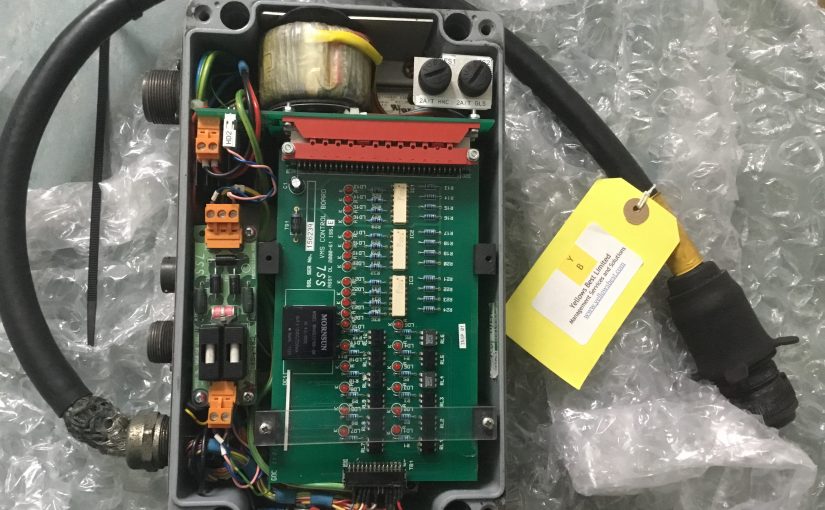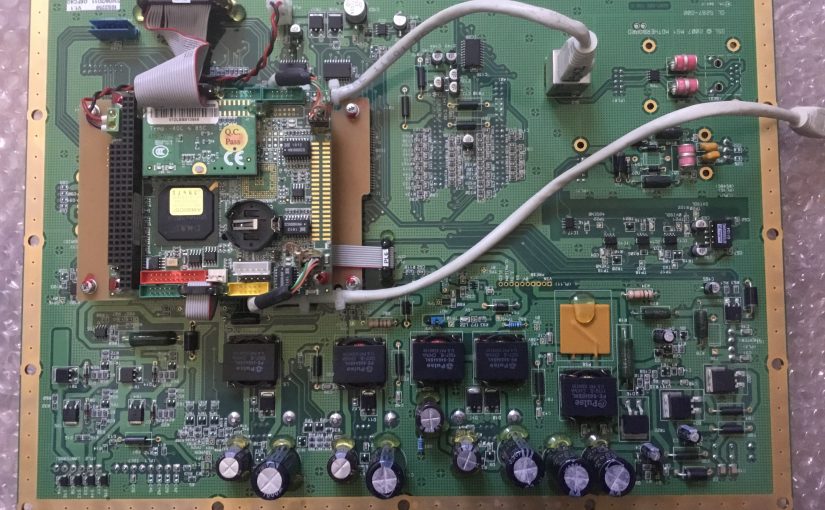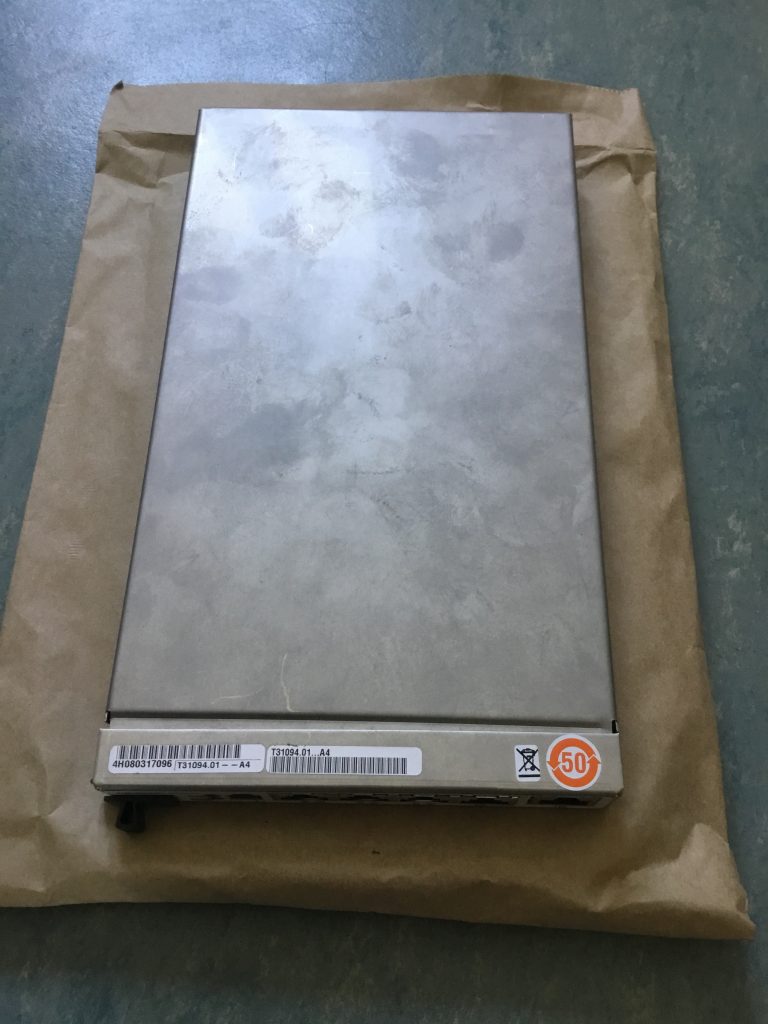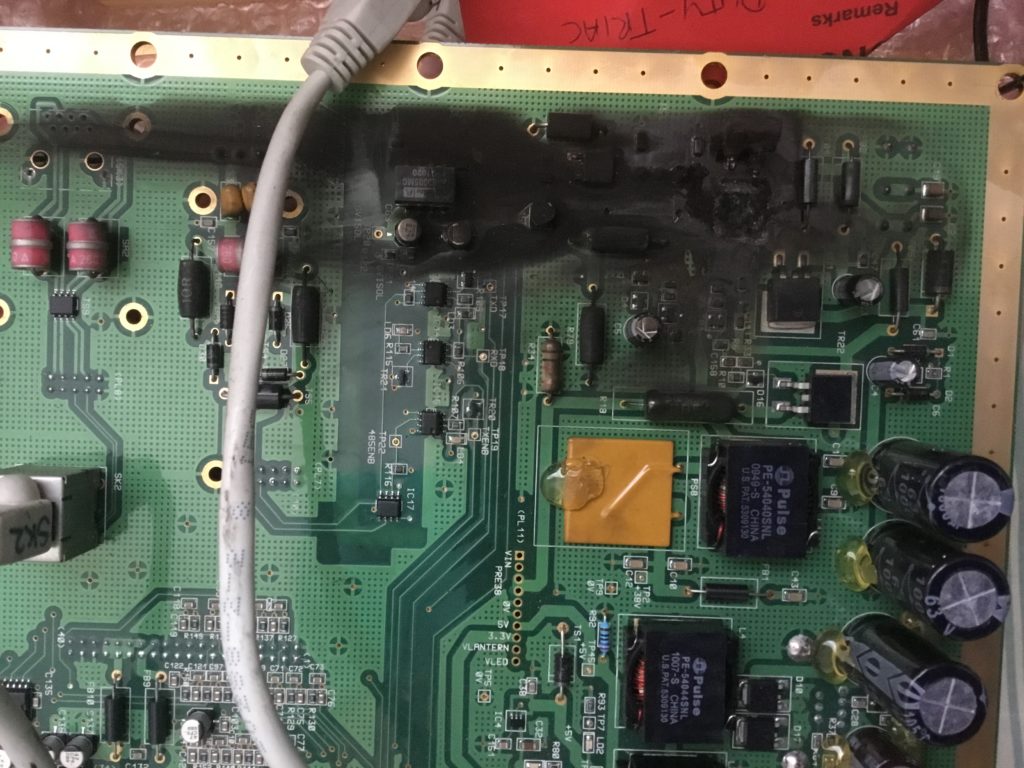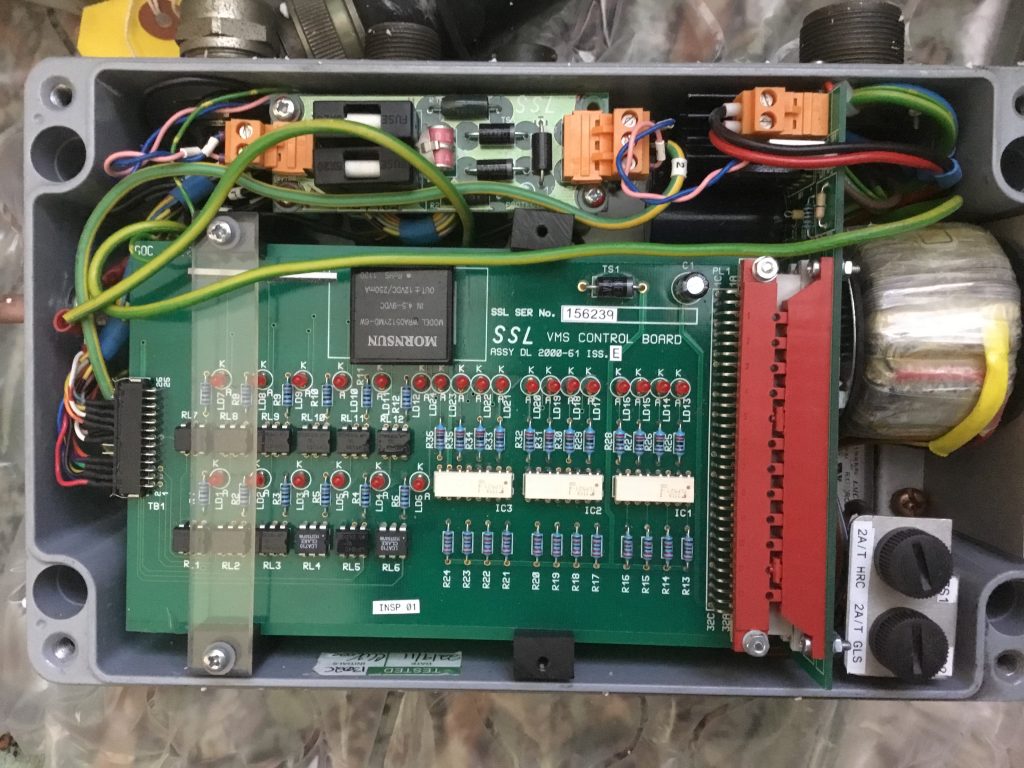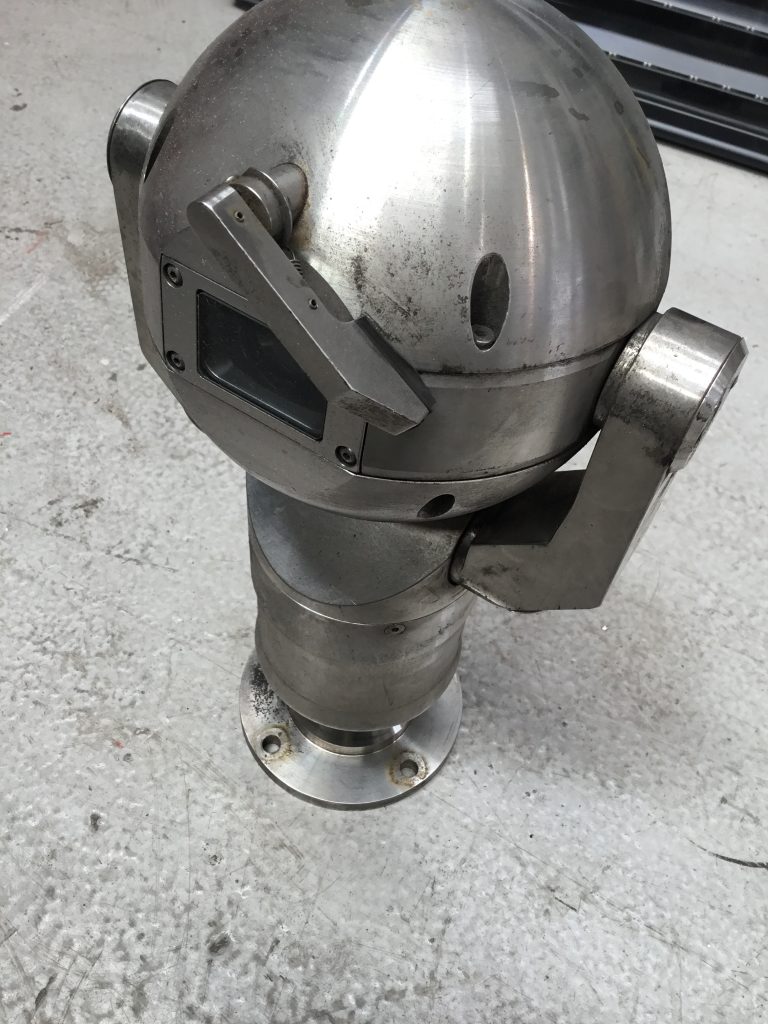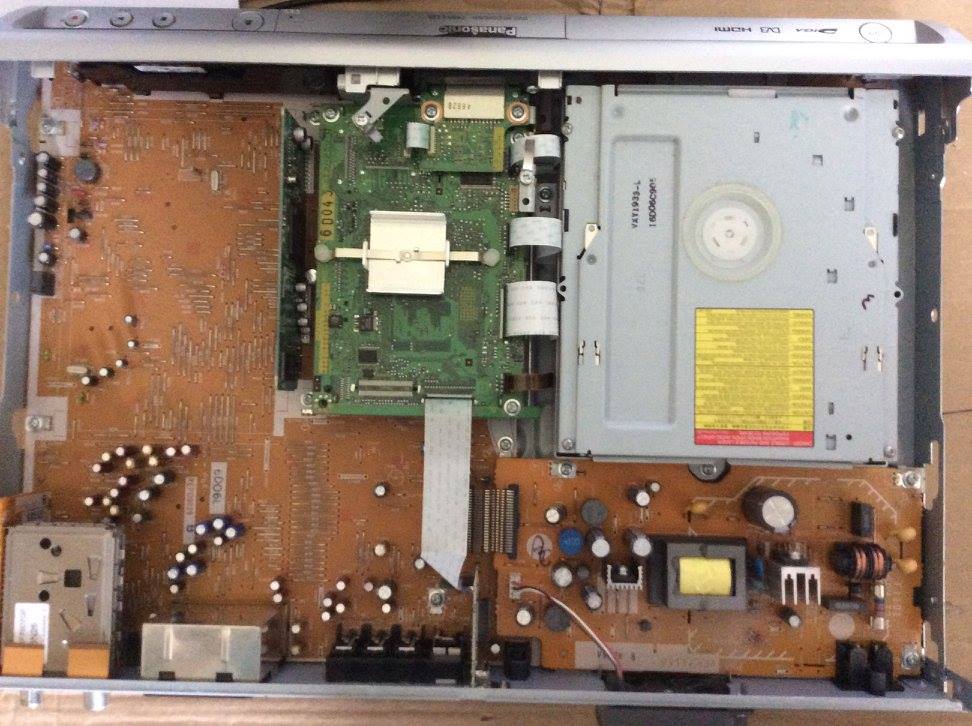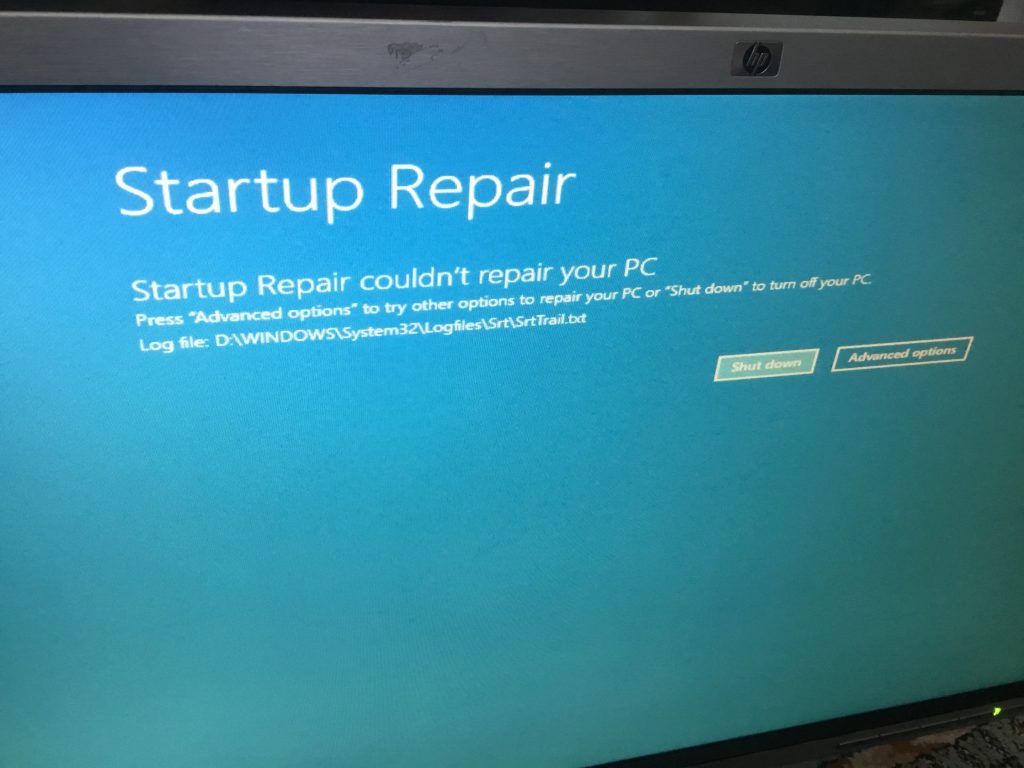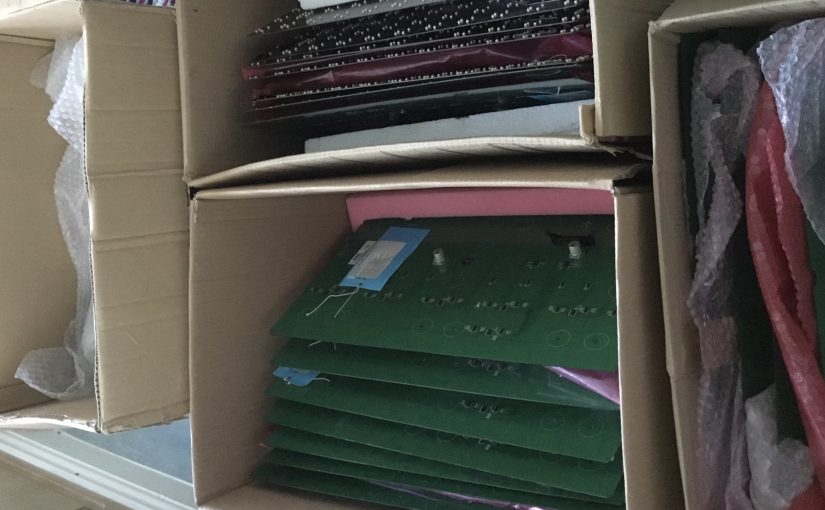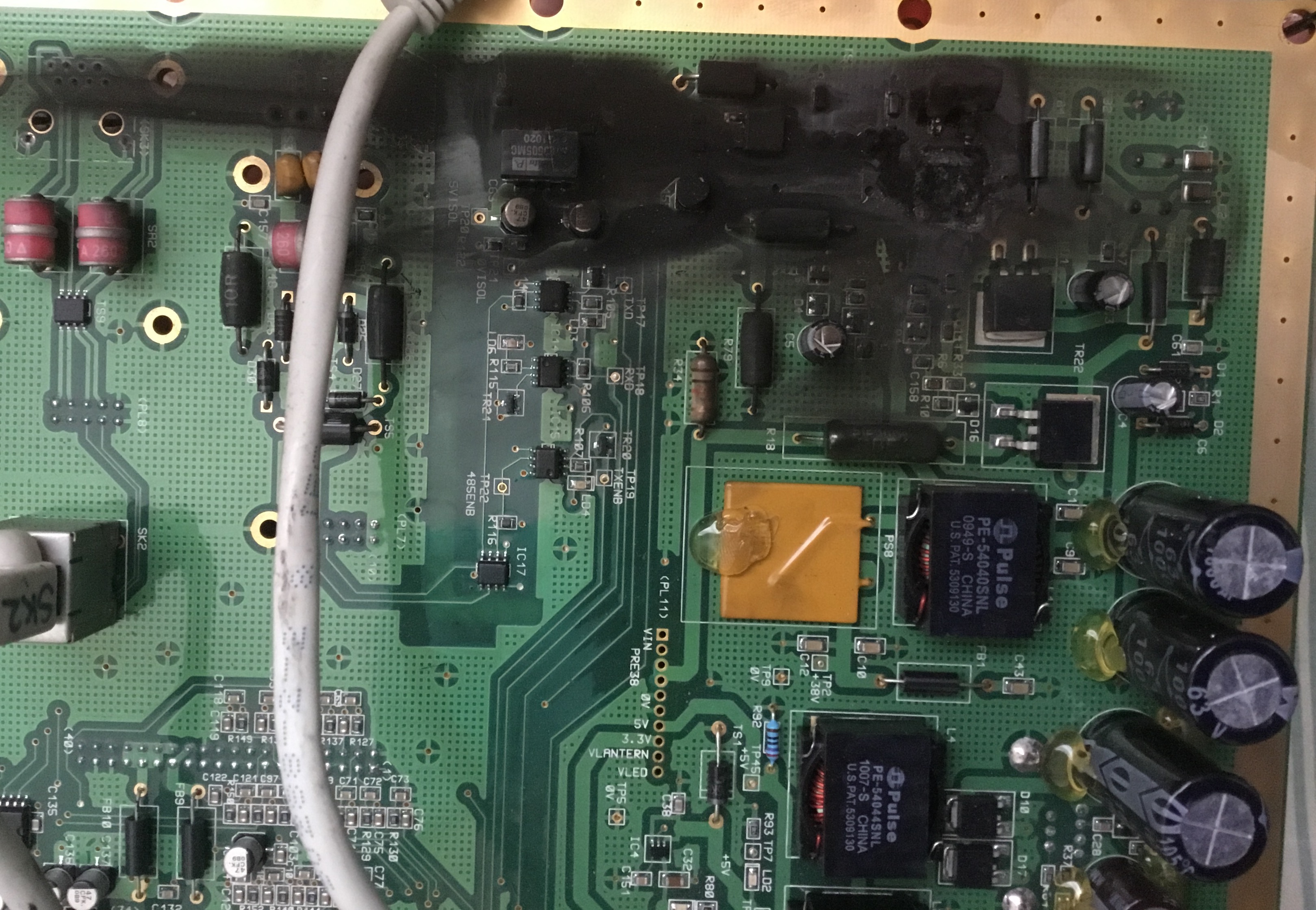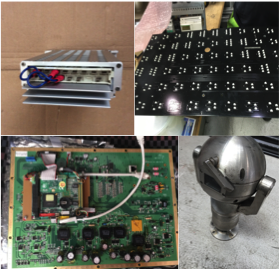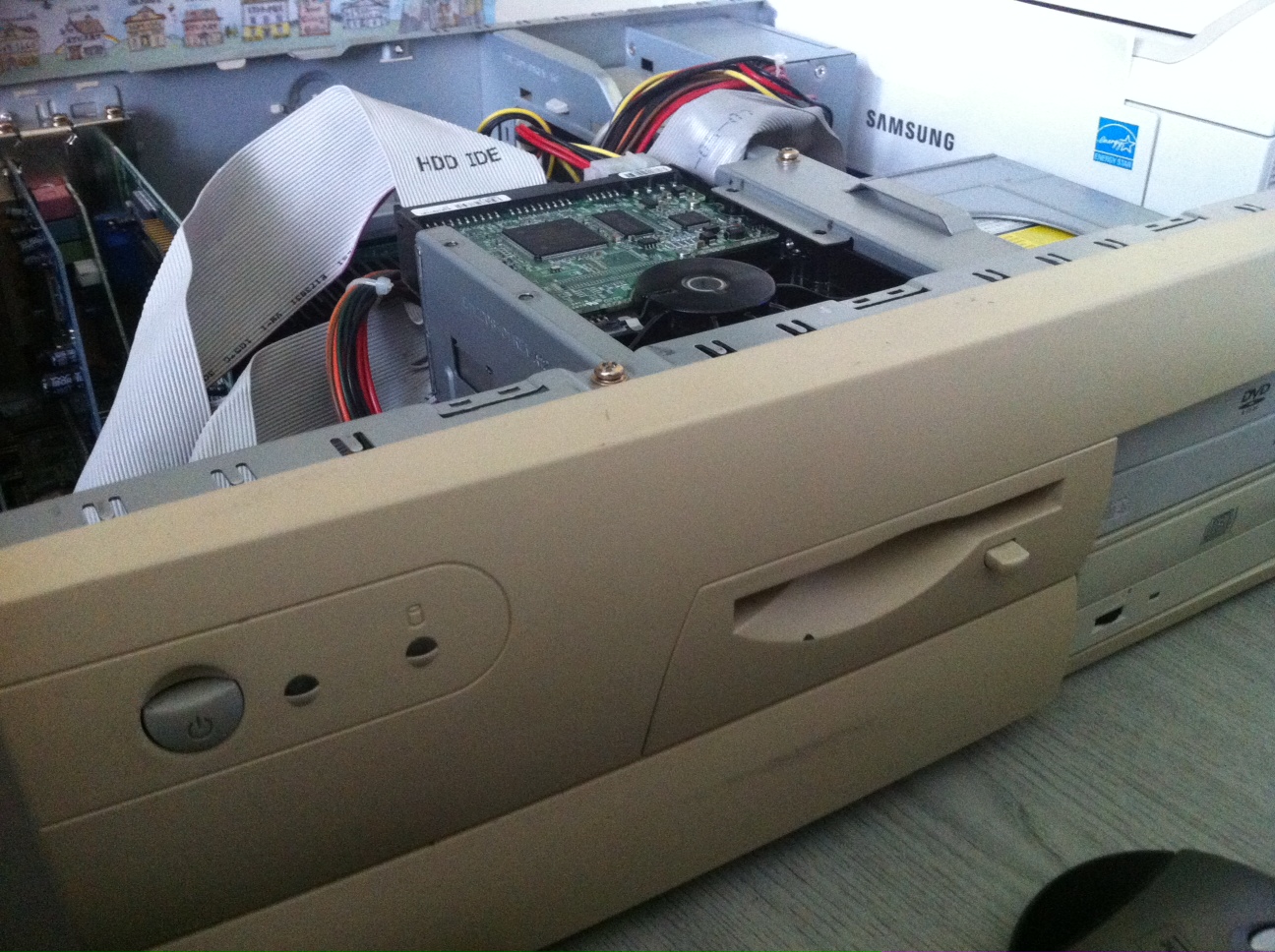Panasonic DMR-EZ25 DVD Recorder
The DMR-EZ25 is a reliable and highly-specificationed DVD Recorder, and like several models made by Panasonic somewhat special by it’s capability of being able to use DVD-RAM disks (as well as the more common DVD-R and DVD-RW) for maximum flexibility of recording and playback.
This model does however sometimes fail, displaying various fault codes, preventing use but at least giving an indication of the likely problem(s). Fortunately, it is then relatively straight-forward to disassemble using just a screwdriver, and thereby replace (or repair) the relevant component modules.
Here are the full disassembly and reassembly procedures I followed to restore my unit, which had been displaying the fault code ‘U81’, to full working order by replacing the main PCB board.
Disassembly procedure
1. Remove top panel, removing 3 screws (normal, non-washer type) at rear and two on side (big).
2. Remove front panel, which pulls off once lugs are pushed back, being careful not to break lugs.
3. Remove HDMI board, removing one screw (normal type) and then easing it out of the black connector on the main board and the ribbon cable out of its socket on the digital board.
4. Remove the SD card board, removing two washer-type screws and the ribbon cable out of its socket on the digital board.
5. Remove the rear panel, removing 6 normal screws and 2 smaller machine screws by the SCART sockets, then unplugging the FAN connector cable from the PSU board (alternatively, you can leave this connector in place and lift the panel away with the PCB board).
6. Remove the PSU board, removing the three washer-type screws and easing the black power rail connector from its socket on the main board.
7. There’s no hard disk in the EZ25 model, other products have an extra step.
8. Release the digital board from its mounting frame, there are three washer-type screws (and an empty socket where a fourth one is not present), easing it out of its black connector socket on the main board hidden underneath and then fold it over onto the disk unit keeping the ribbon cables attached
9. Remove the DV input board, removing one normal-type screw.
10. Remove the digital board metal support frame, removing four washer-type screws.
11. Remove the power button pcb, removing the washer-type screw and sliding it from the lugs being careful not to pull the ribbon cable.
12. Remove the main board, removing the four washer-type screws and the ‘hidden’ normal type screw on the front by the AV sockets.
13. The remaining disk drive unit removes from the base panel, removing two washer-type screws and lifting out with the digital board (which can be disconnected if necessary by careful detaching of the ribbon cables).
Re-assembly procedure
1. Insert main board into chassis (and also the disk drive if removed, with digital board, with two washer-type screws). There is a lug to align into a hole at the front left edge, one at the front right side and a bent lug at the rear to slide under. A ‘hidden’ (non-washer type) screw is located at the front by the phono sockets, and four more screws secure the main PCB to the chassis, all are ‘washer-type’.
2. One screw secures the power button PCB, aligned with two lugs.
3. Five screws secure the metal frame for the digital support board.
4. One (non-washer) type screw holds the DV input board which needs aligning with the holes in the main board at the front next to the phono sockets.
5. The digital board flips over with its ribbon cables in place, mounts onto the frame, tucking under the lugs, slotting the DV input board into place and pressing down onto the main (black) connector underneath.
6. Three screws secure the digital board in place (a potential fourth, in the far right corner (away from the front panel) is not present.
7. No hard disk is present in the DMR-EZ25 model (different models have this extra step).
8. The power PCB is placed into position, and it’s power rail connector presses together. Three screws secure it in place.
9. The rear panel clips securely in place. Six screws secure it, all ‘non-washer’ style and two ‘machine-type’ screws locate between the SCART sockets . The connector for the fan presses in place.
10. The SD board mounts at the front onto the digital board, with a lug and two ‘washer-style’ screws. It’s ribbon cable presses in place.
11. The HDMI board slots into place onto its black connector and its ribbon cable slots into place on the digital board. A screw on the rear panel secures it in place.
12. The front panel clips in place.
13. The top panel pushes on, slides in place and is secured by three non-washer type screws on the rear and two large flat screws on the sides.
Photos (including views of the component modules from inside the product) of this repair project are on our Facebook page.


